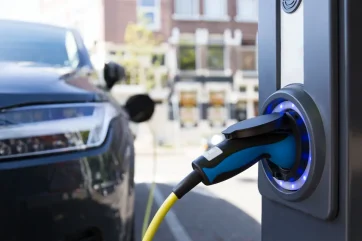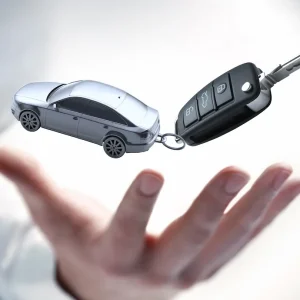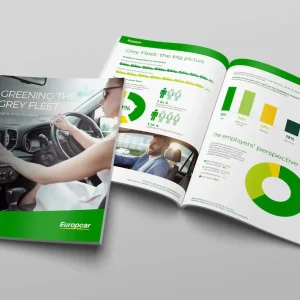
Times have changed in just 10 years. Once, it took very little time to take ownership of a new fleet car and familiarise yourself with it. Now, dashboard displays are fully digital in most cases, more safety systems are included as standard, spare wheels have been replaced by run flats or foam kits, and keyless entry and ignition is commonplace.
There is so much to consider, not only when ordering a new fleet vehicle and ensuring the functionality will suit fleet drivers’ needs. It’s also essential the driver is wholly familiar with the vehicle. This has become clear across the many years of Start Rescue, which is part of the Call Assist group, offering breakdown cover to fleets.
Initial familiarity is key, as I learnt three years ago when I took delivery of my new car and took it on holiday a week later. I am always busy and thought I would learn the controls easily as it had only been three years since the last change of exactly the same model of car. However, the sat-nav was different to that in my previous car, which did cause me problems. If I crossed a white line in the road without indicating quickly enough to avoid a hazard, the vehicle would steer me back towards the hazard. This was because the car now had standard safety equipment which I didn’t really feel the need for such as lane departure warning and lane keep assist. It felt as though the same model had progressed rapidly and the vehicle was more in control than I was. Like many fleet drivers, I thought I would find things in my own time, but after a few odd experiences I decided I must read the owner’s manual, familiarise myself fully with the controls, and switch off what I didn’t need or reduce functionalities to a light warning.
It is so easy to forget functionality is ever evolving with new cars on a fleet, especially if it’s a repeat order of the same model. Ensuring drivers are fully familiar with the set-up of their new vehicle is essential in avoiding driver error and downtime.
From what we see at Start Rescue with EV call-outs and through our Business Breakdown Cover, the most important area to understand is the 12V battery, which many drivers don’t know exists until they break down. This 12V battery will normally run off the main EV power battery, not an alternator as with ICE (internal combustion engine) vehicles. If its charge drops too low, it won’t be able to ‘power up’ the vehicle, especially if the main battery charge has dropped below its power share limit, which means the vehicle will be stranded, most probably after being parked overnight.
In these instances, the 12V battery will need its charge boosted or the main battery will need to be charged and in turn, the 12V will be recharged at the same time. All EVs differ when it comes to the 12V battery, so if there is one piece of advice from us at Start Rescue, apart from understanding the manual and controls, it’s to ensure fleet drivers of EV vehicles truly understand the limitations and workings in relation to the charge in the 12V battery. It will save so much downtime and frustration in the long run.
A flat 12V battery is one of the biggest reasons for an EV breakdown, accounting for almost a quarter (24.1%) of call-outs. Flat tyres account for 28.6% of EV call-outs. By comparison, ICE cars are less likely to suffer from a flat 12-volt battery, responsible for 20.7% of call-outs, and are less prone to flat tyres (14%).
Start Rescue has adapted quickly to meet the needs of EV fleet drivers, and drivers and fleet managers can take the same approach. Encourage working through all areas of the vehicle set-up to ensure it suits the driver, including hands-free mobile set up, checking tyre pressures electronically and resetting the monitor when the tyres are re-inflated. If a driver is taking an EV for the first time, ensure they know how to use the charge cables and open the charging point – and, of course, where it’s located. Using a charge point for the first time is an unfamiliar experience, so make sure they know what to do when the time comes for a charge and how low they can allow the car’s charge to drop before pulling into the services.
It’s important for the driver to be at one with the vehicle as there is so much functionality which may surprise them at first. It’s better to make certain from the outset they know everything about the vehicle. This will save downtime and, vitally, accidents as their attention is not distracted by dealing with one of the vehicle’s numerous functions.





